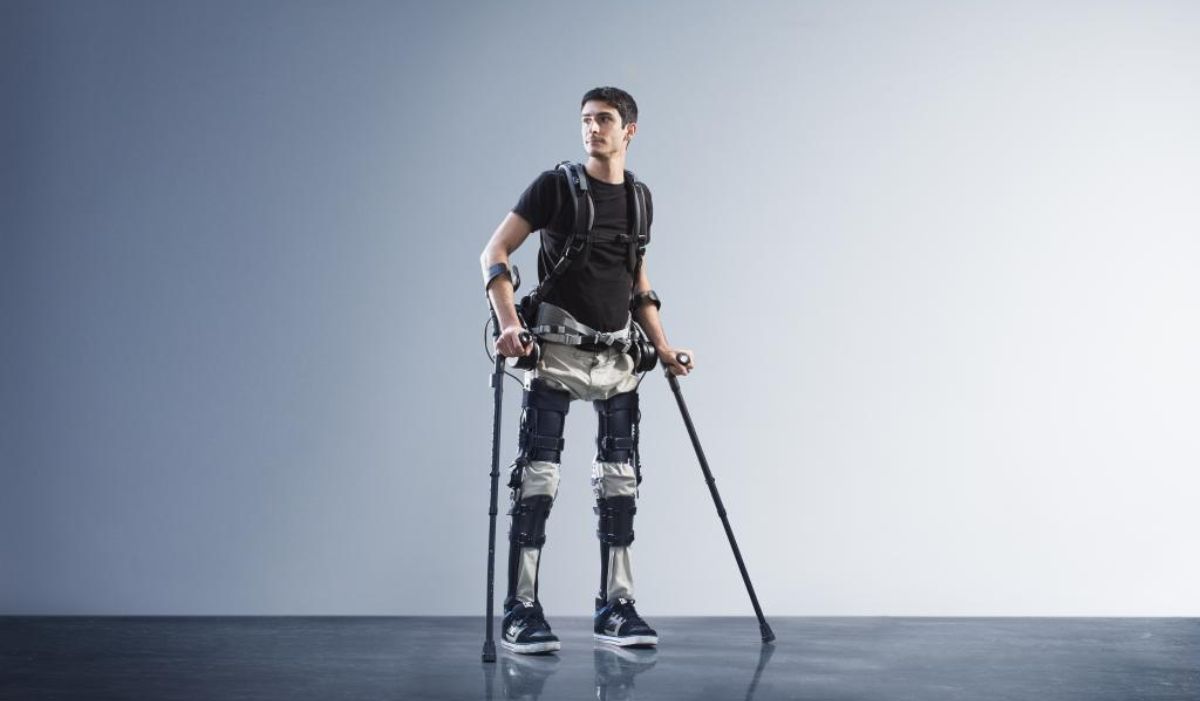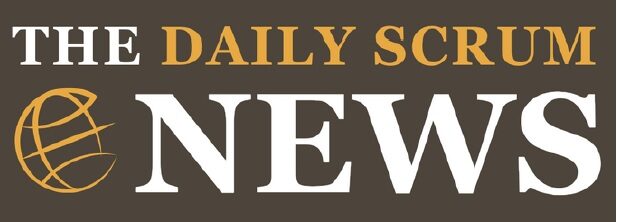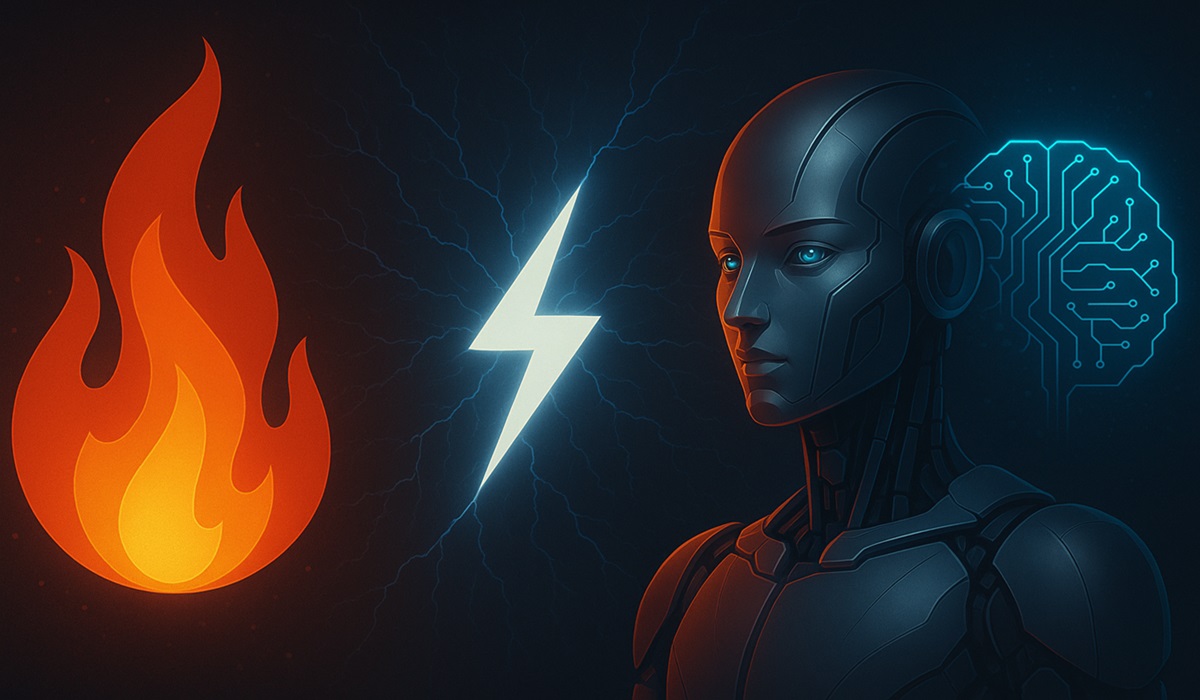The Global Medical Exoskeleton Market is estimated to be valued at US$ 1,504.8 Mn in 2030
- Ronak Shah
- U.S.A
- January 23, 2025

A newly published report by Coherent Market Insights reveals a sustainable growth opportunity in the global medical exoskeleton market. Coherent Market Insights’ analyst projected the global medical exoskeleton market to be valued at US$ 1,504.8 Mn in 2030. It is expected to exhibit a CAGR of 22.8 % over the forecast period 2023 -2030.
Growing adoption of medical exoskeletons by rehabilitation centres drives market growth. Medical exoskeletons help physical therapists evaluate patients and monitor their progress, thereby aiding faster recovery. In addition, increasing incidence of road accidents worldwide has surged the number of patients requiring limb rehabilitation.
For instance, according to the World Health Organization (WHO), about 1.35 million people die each year as a result of road traffic crashes. Furthermore, technological advancements with integrated robotics, sensors and mobile applications in medical exoskeletons have enhanced their functionalities for assisting mobility.
Key market trends include Lower Body Medical Exoskeletons and Soft Exosuits– The market has been witnessing the trend of growing demand for lower body medical exoskeletons and soft exosuits to assist mobility in patients with lower limb disabilities. Lower body exoskeletons provide powered leg and hip movement and are majorly used for gait and rehabilitation training.
Soft exosuits– Soft exosuits apply forces on the limbs through elastic straps and fabric, making them safe, affordable and easy-to-use alternative to rigid exoskeletons. Soft exosuits are gaining popularity for rehabilitation at home and have proven effective for paraplegics in regaining mobility. Major companies are increasingly focusing on development of assisted walking technologies using soft robotic materials.
Medical Exoskeleton Market Opportunities – By type– Lower body exoskeletons segment accounts for the largest market share and is expected to grow at a CAGR of 24.2% during the forecast period. Lower body exoskeletons help users with walking disabilities and are widely used for rehabilitation purposes. Increasing incidence of spinal cord injuries and growing deployment of exoskeletons in rehabilitation centers are the key factors driving the growth of this segment.
The upper body exoskeletons segment is anticipated to witness the fastest growth over the forecast period, growing at a CAGR of 26.1%. Upper body exoskeletons assist users with arm and hand movement disabilities. Increasing deployment of upper body exoskeletons in industrial settings for tasks requiring repetitive arm movements is expected to propel the growth of this segment.
Key Market Takeaways: The global medical exoskeleton market is anticipated to witness a CAGR of 22.8% during the forecast period 2023-2030. This is owing to the rising geriatric population and increasing incidence of road accidents.
On the basis of type, lower body exoskeletons segment is expected to hold a dominant position. This is owing to the wide usage of lower body exoskeletons in rehabilitation centers.
By mobility, mobile exoskeletons dominate the market. This is due to their flexibility of usage across various settings.
In terms of end user, rehabilitation centers hold the largest share. This is due to high demand for exoskeleton-assisted gait training and physical therapy.
North America is expected to hold a dominant position over the forecast period. This is due to the high prevalence of disabilities, presence of prominent players and strong government support for healthcare.
Competitor Insights: Key players operating in the medical exoskeleton market include Ekso Bionics, ReWalk Robotics, PARKER HANNIFIN CORP, BIONIK, Rex Bionics Ltd, Suit X, CYBERDYNE INC., B-Temia, Wandercraft and ExoAtlet.
Recent Developments: In November 2021, Ottobock, a prominent worldwide pioneer in orthotics, exoskeletons, and prosthetics, announced that it would buy all of suiteX, a U.S.-based business that grew out of the University of California at Berkeley’s Robotics and Human Engineering Lab and focuses on the study and creation of professional and medical exoskeletons. More information in full report








